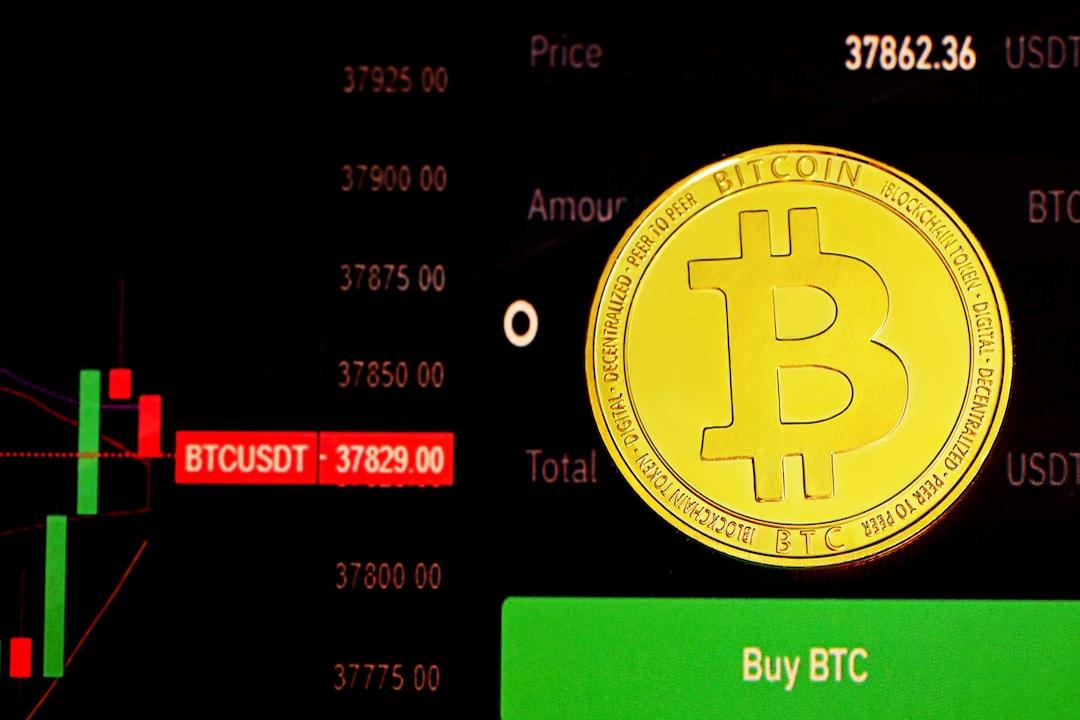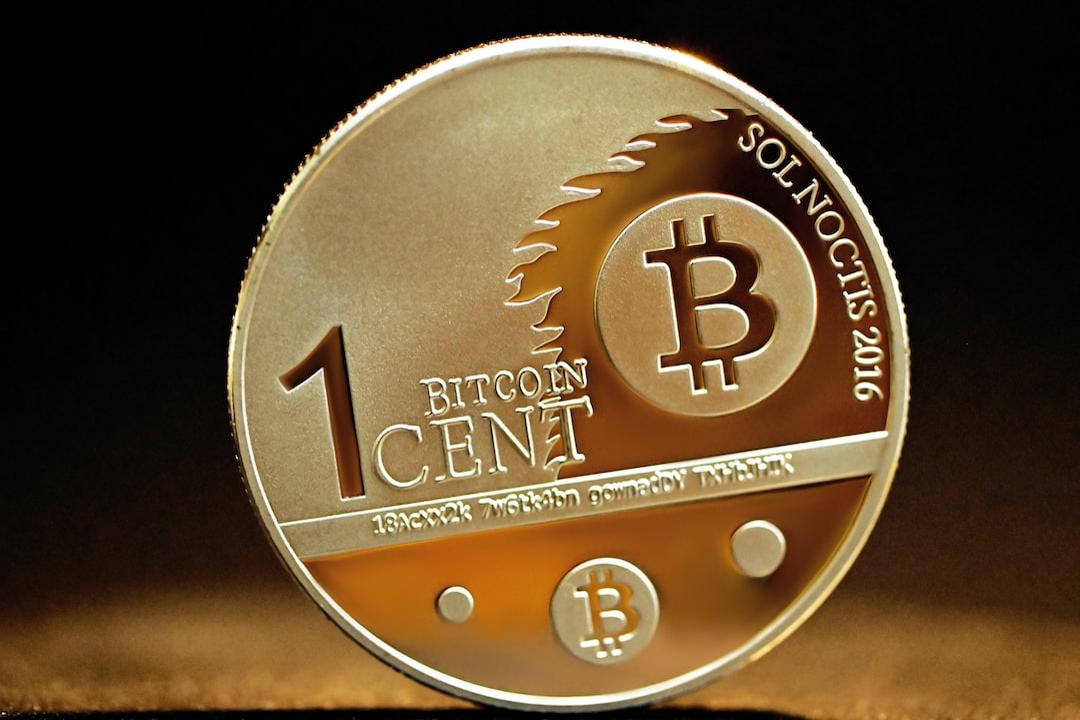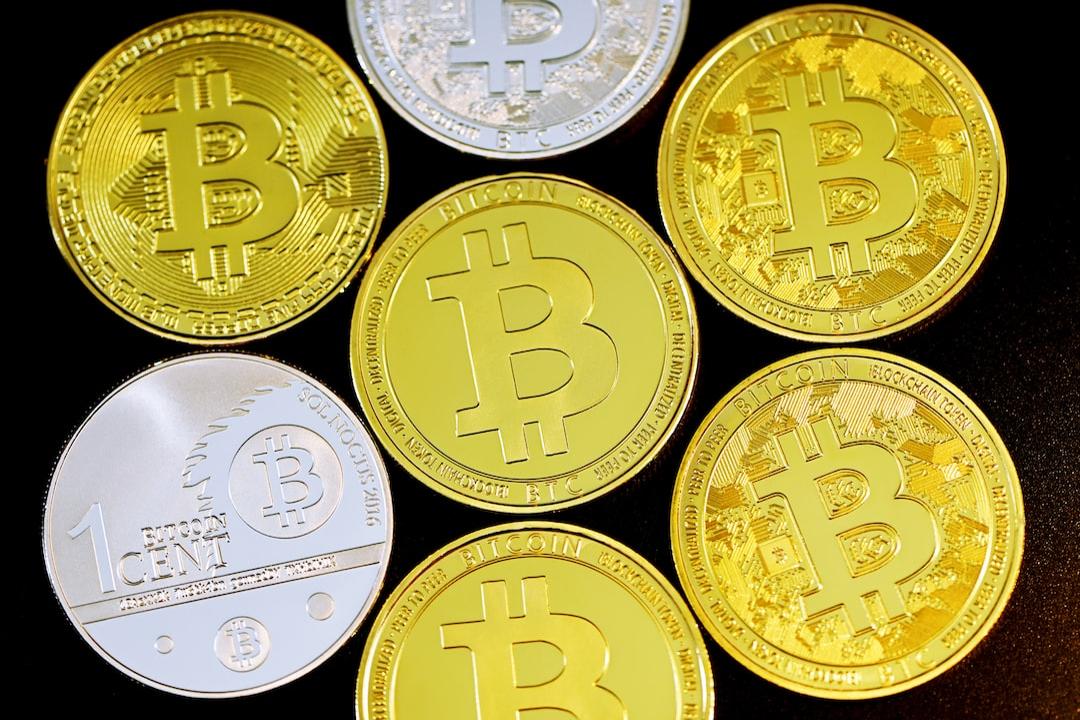From Peak to Collapse: The Web3 Dream and Demise of Mirror
In the wave of Web3, Mirror was once hailed as the future of content creation, embodying the ideal of decentralization. However, over time, this platform, which once led the decentralized revolution, has swiftly slipped into obscurity.

According to data from SimilarWeb, Mirror’s official site saw a total of 642,000 visits in the past month, a decrease of 23.8% compared to the previous month. This represents a stunning decline from its peak — on the blockchain industry’s website ranking, Mirror has fallen to 2,183rd place.
This change reflects the collision of the shattered decentralization dream with harsh realities. From the spark of innovation to the bursting of the bubble, what industry reflections are hidden behind Mirror’s rise and fall?
Origins: The Ambition to Reshape the Creator Economy (2020-2021)

As one of the earliest platforms to explore the “ownership economy” during the Web3 wave, Mirror’s birth was closely tied to two major narratives in the crypto world: NFT assetization and DAO governance experiments.
Its founder Denis Nazarov (former a16z partner) launched the product prototype at the end of 2020 with a disruptive proposition — to free content creation from platform monopolies, allowing creators to directly control content ownership and revenue rights.
In the early stages, the platform’s functional design addressed the pain points of traditional platforms:
- Content Tokenization: Each article could be minted as an NFT, allowing creators to retain permanent copyright and earn a share of secondary market transactions;
- Crowdfunding Tools: Supporting creators to launch on-chain crowdfunding campaigns, where backers invest in ETH and receive project tokens, forming a “creation – financing – profit-sharing” closed loop (a typical case: Emily Segal’s novel raised 408,000 USD);
- Decentralized Storage: Based on Arweave, ensuring permanent content storage and avoiding platform modification risks;
- Token Economics Experiment: Enabling the issuance of ERC-20 tokens to construct a fan economy ecosystem.
These features quickly attracted crypto-native creators. During the peak of 2021, Mirror’s monthly visits surpassed 10 million, ranking in the top 50 of blockchain application traffic charts, and was seen as the “Web3 version of Medium.”
Its success logic lay in: directly reflecting content value as on-chain assets and reconstructing the distribution of interests among creators, investors, and promoters through token mechanisms.
The Peak: The DAO Toolkit and the “Web3 Media Empire” Fantasy (2021-2022)
During the bull market of 2021, Mirror reached its moment of glory. As the DAO concept exploded, the platform launched tools such as Splits (revenue sharing) and TokenRace (community voting), attempting to become the “DAO operating system.” A typical case was the basketball community The Krause House, which raised 1,000 ETH (about 2.8 million USD) through Mirror and distributed governance rights via tokens.
At this point, Mirror’s positioning had shifted from a content platform to Web3 infrastructure:
- Technical Layer: Integration of ENS domains, MetaMask wallets, etc., lowering the entry barrier for users;
- Ecological Layer: Open APIs to attract developers to build third-party tools (e.g., article search engine Askmirror.xyz);
- Narrative Layer: Claiming to build a “roadshow platform for the value internet,” connecting creators, investors, and communities.
At this stage, Mirror’s monthly visits remained above 10 million. On-chain data showed that over 100,000 NFT contents had been minted, and crowdfunding had raised over 5,000 ETH. Denis Nazarov even proposed the vision that “every DAO needs a Mirror homepage.”
Cracks: Strategic Fluctuations and Product Shortcomings (2022-2023)
1. Confused Functional Positioning
Mirror oscillated between being a “tool platform” and a “media community”:
– In August 2022, it suddenly removed NFT and crowdfunding features, focusing on pure content release;
– In 2023, it reintroduced the “Subscribe to Mint” NFT subscription feature, but did not solve the issue of creator traffic distribution;
– Basic features such as data analytics and subscription systems remained reliant on third-party developers, and official iterations stagnated.
2. Regulatory Pressure and Compliance Dilemma
The tightening scrutiny by the U.S. SEC over token issuance forced Mirror to abandon its most attractive “crowdfunding – tokens” model. Some projects (e.g., The Krause House) were investigated for securities violations, leading to a collapse in investor confidence.
3. User Growth Bottleneck
Compared to traditional platforms, Mirror never succeeded in breaking through the crypto circle:
– High operational barrier: requiring familiarity with wallet operations, Gas fee payments, etc.;
– Uneven content quality: flooded with a large amount of project-sponsored soft articles and speculative content;
– Fragmented experience: article reading, NFT transactions, and community interactions were scattered across different interfaces.
By the end of 2023, Mirror’s monthly visits had plunged to below 2 million, falling out of the top 200 blockchain applications.
Collapse: Acquisition, Transformation, and Industry Reflection (2024-2025)
In May 2024, Paragraph announced the acquisition of Mirror, marking the end of its independent operation era. The details of the transaction showed:
- Mirror’s valuation had shrunk by 90% compared to its peak, with the parent company Reflective Technologies Inc. selling at a low price due to “high technical debt and unclear business model”;
- The core team shifted to developing the social application Kiosk, focusing on “on-chain social + asset trading,” but the product did not escape the Farcaster framework;
- The original content ecosystem was moved to Paragraph, with many creators leaving due to reduced revenue share.
If the earlier strategic mistakes could still be attributed to market conditions, the “on-chain disruption event” on January 13, 2025, completely tore apart Mirror’s last veil of legitimacy.
At 12:38 AM (GMT+8) on that day, without any announcement, the platform forced all newly published articles to be stored on centralized servers and halted content from being put on-chain.
Although the team argued that “Arweave storage costs were too high and needed to optimize user experience,” on-chain browser data showed that, in the following two months, Mirror’s contract address only had three new interaction records, all of which were modifications of old articles.
This means that the platform, which once touted “permanent data sovereignty,” had, in the core battleground of Web3 — immutability of content — pressed the delete button itself.
Disastrous Community Reaction
- Creators collectively protested: Top crypto artist pplpleasr withdrew all works and publicly mocked: “Mirror’s servers might outlast my Wi-Fi router at home”;
- A wave of data migration broke out: Competitors such as Paragraph and Lens Protocol saw a 400% increase in weekly creator sign-ups, with some users even manually burning articles’ hashes to the Bitcoin Ordinals protocol;
- On-chain evidence archiving: Anonymous developer @0xSisyphus compared Mirror’s server data with on-chain records, finding that at least 12% of historical articles had been tampered with (including the deletion of regulatory-sensitive content).
The absurdity of this fiasco was that when users questioned “why no prior notice,” Mirror’s customer service actually cited Clause 4.7 of the “User Agreement” — “The platform has the right to unilaterally adjust storage strategies.”
In an earlier version of this agreement, the clause originally stated, “All content is default to be permanently stored on-chain.” Some users dug up a 2021 video of Denis Nazarov’s speech, where he held up a sign that read “Storing on-chain is a human right” — now this video is priced at 0.0001 ETH in the NFT market, labeled “Historical Satirical Artwork.”
Anatomy of Death: When “Decentralization” Became a Growth Tool
Mirror’s collapse was no accident. Looking back at its development trajectory, the “pseudo-decentralized” gene was already planted in 2022:
- Selective On-Chain “Illusion”
Despite promoting “full on-chain storage,” Mirror always kept core data in its control: - User relationship graphs: Fan subscriptions, reading records, etc., were never put on-chain;
- Traffic distribution rules: The article recommendation algorithm was always a black-box system not open-sourced;
- Revenue sharing logic: Platform commission rates were adjusted without community voting, decided directly by the San Francisco headquarters.
- Exploitive Economic Model Turnaround
The “Subscribe to Mint” feature released in 2023 exposed Mirror’s underlying logic: - Creators: Had to pay a 5% platform tax + Gas fee to mint subscription NFTs;
- Readers: Had to stake tokens to get voting rights, affecting article ranking;
- Platform: Through controlling token release, effectively rebuilt the “traffic buying – algorithm manipulation – commission harvesting” Web2 closed-loop.
- Self-Destructive Infrastructure Compromise
To pursue user growth, Mirror repeatedly lowered technical standards: - 2023: Canceled mandatory ENS domain binding, allowed email registrations (leading to a surge in witch attacks);
- 2024: Introduced an “off-chain signature” solution, essentially entrusting private keys to platform servers;
- 2025: Completely abandoned Arweave, opting for AWS Singapore nodes for data storage.
When the team repeatedly retreated in its technical stack, Mirror was no longer the Holy Grail of the Web3 world, but had devolved into an AWS subdirectory flying a skull flag.
Epilogue: The Night the “Berlin Wall” of Web3 Fell
In March 2025, when the last batch of Mirror creators sent their “RIPMirror” tributes on X platform, people finally realized: The Web3 revolution never promised a gentle place, it needed a complete technological purging — to kill all the “false prophets” who dared not lock their servers in a cage.
As Bitcoin core developer Jameson Lopp wrote in his eulogy: “Mirror’s tombstone should bear the vow of all Web3 entrepreneurs: If you still want to control the life and death of data, come back to Silicon Valley openly, don’t desecrate the church of crypto believers with ‘decentralization’.”


